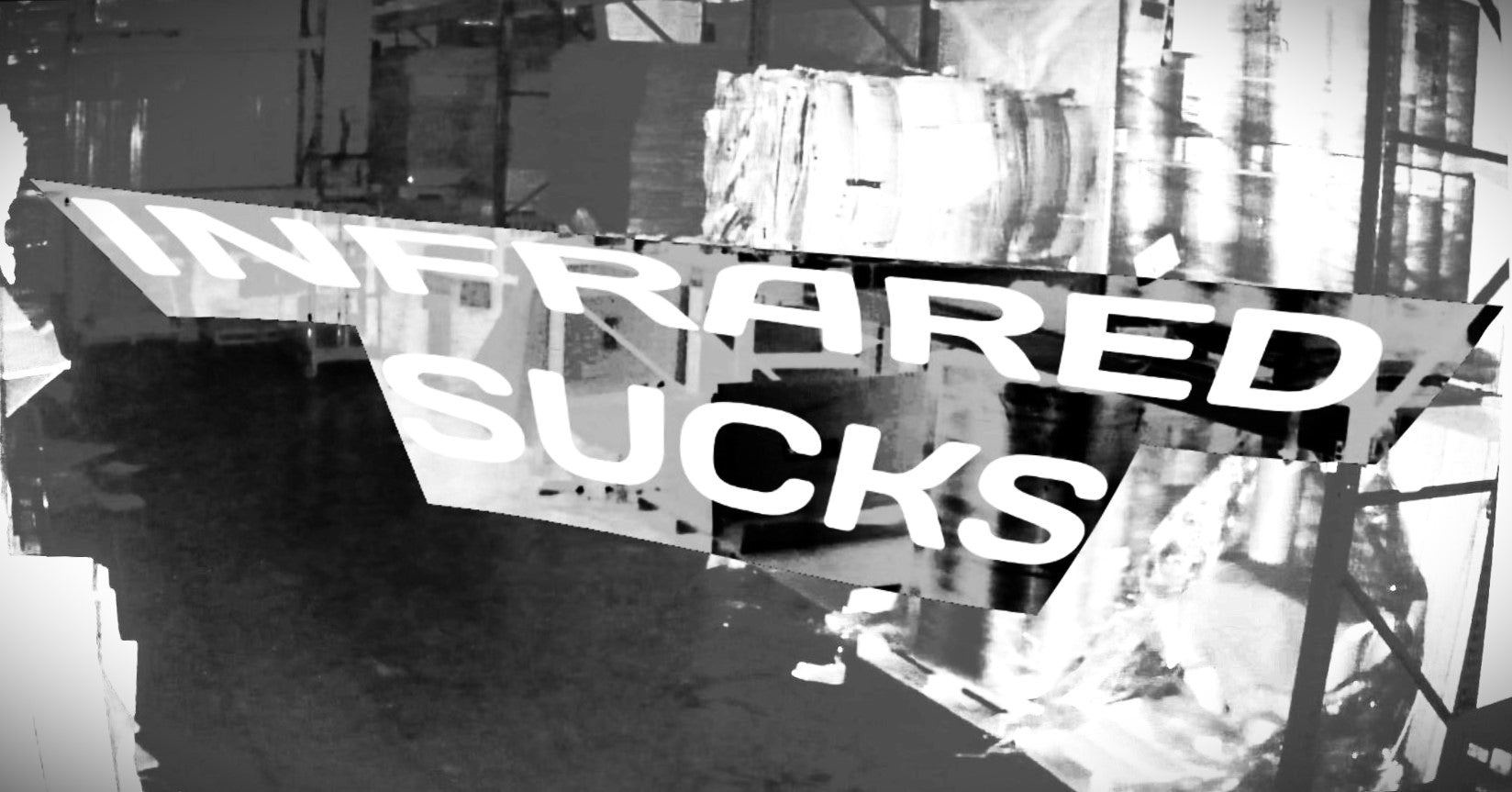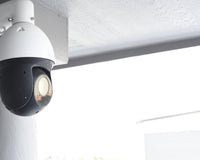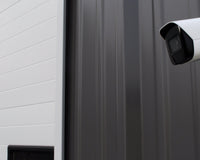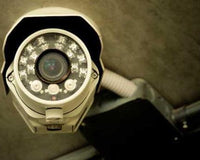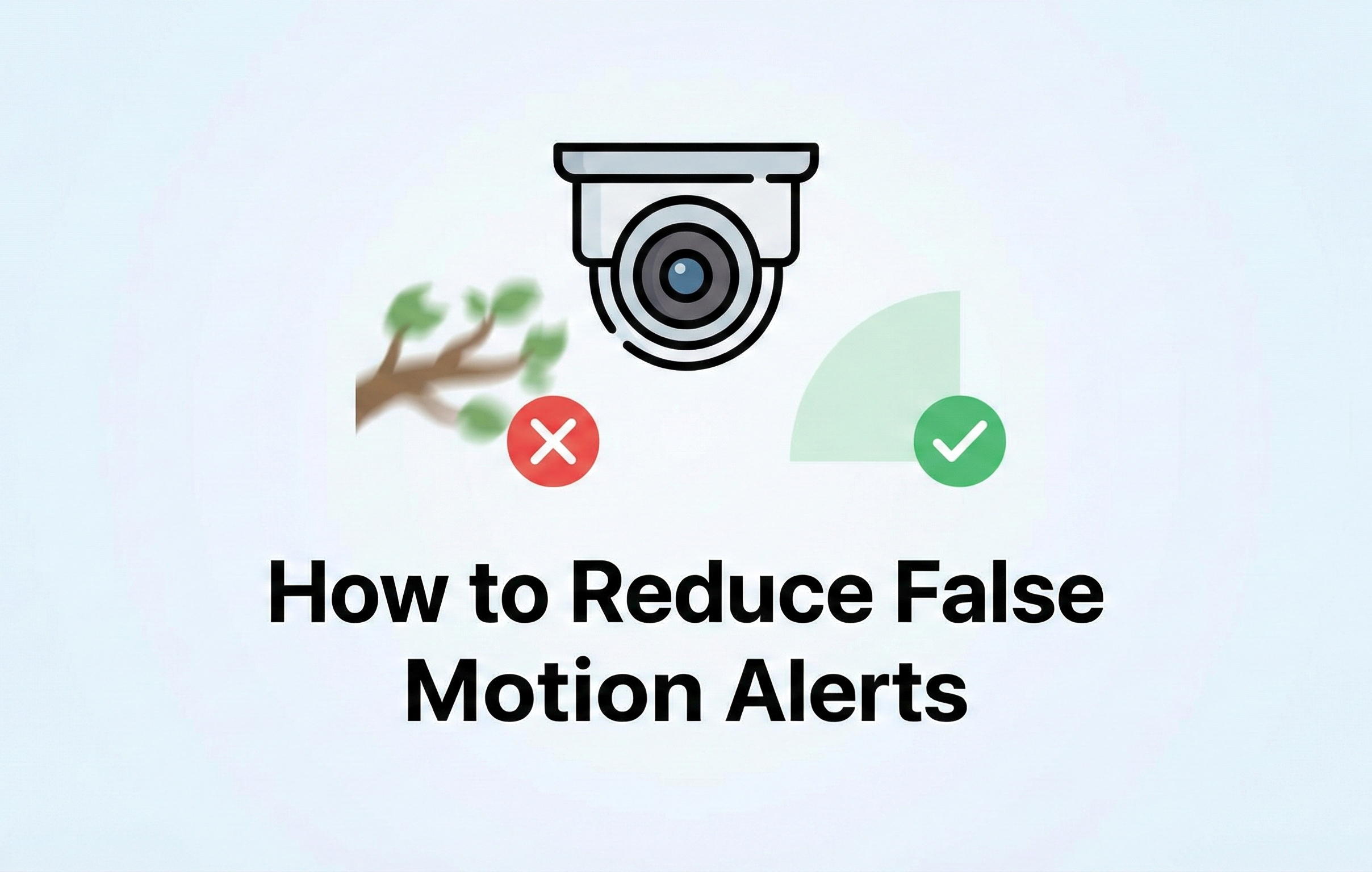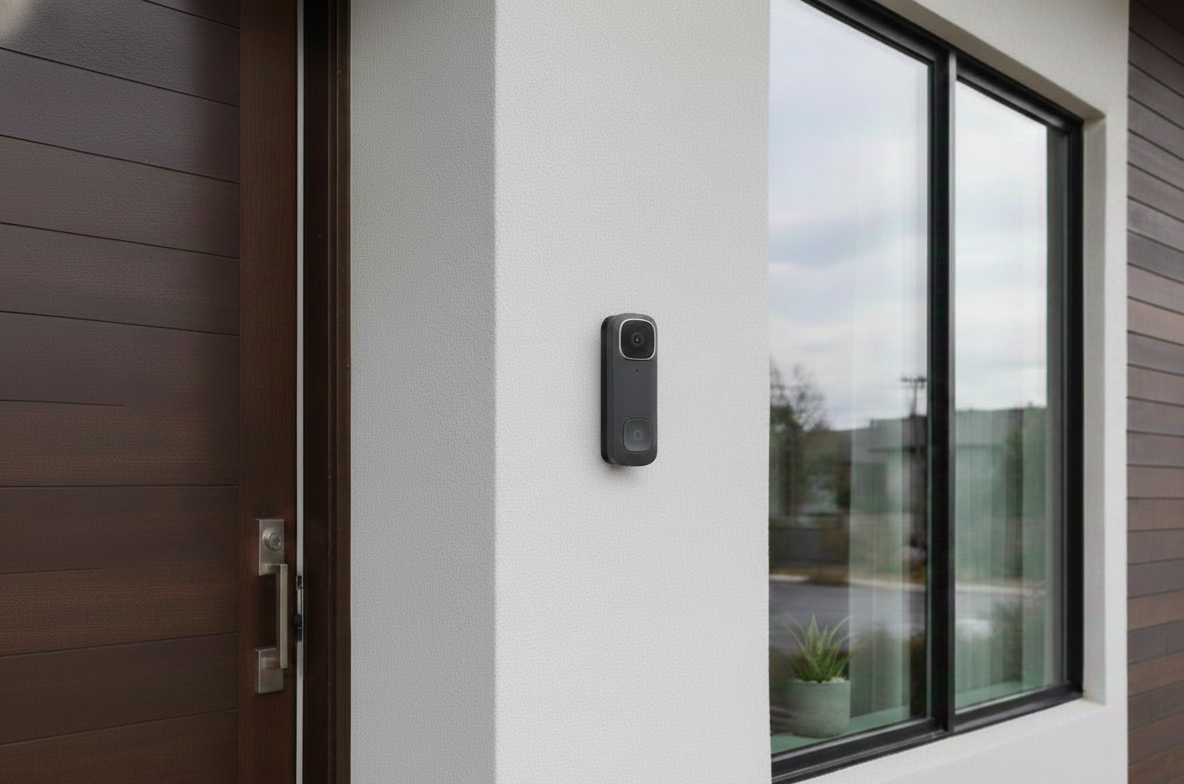Intro
Night vision technology has come a long way in recent years, providing several options for people looking to see in the dark. With the advancements in technology, people are now able to see in low-light conditions with improved clarity and color. In this article we will explore the reasons why infrared night vision just isn't reliable at times, and why Starlight or Full Color night vision may be the answer you're looking for.
IR Night Vision - It's Not That Great
IR night vision technology is a pretty common type of night vision technology. The technology works by emitting an invisible beam of IR light, which then bounces back from objects and is captured by a special image sensor. The image sensor converts the infrared light into a visible image, which is then displayed on a screen.
One of the main reasons people chose IR night vision cameras is for their cost-effectiveness. IR night vision is relatively cheap compared to other night vision technologies and for some people IR seems to be a good choice at first. One of the biggest annoyances of IR night vision is that it typically switches to a monochrome or B/W image even if the environment is more than bright enough to the human eye. Basic IR night vision cameras typically cut to infrared once the environment reaches anywhere around 3-5 lux, or the equivalent to a dimly lit room. This can make it difficult to identify objects, especially if they are similar in color.
alec.mc. “Poor Night Vision Picture - Blotchy Bubbles.” Topic, CCTVForum, 5 Apr. 2012, https://www.cctvforum.com/topic/26670-poor-night-vision-picture-blotchy-bubbles/.
Additionally, the IR illuminator can sometimes produce a "halo" effect, as seen in the image above, around bright sources of light such as headlights and streetlamps, which can make it even more difficult to see in conditions with bright lights in the background. This can be a major issue for those using IR night vision for security or surveillance purposes, as it can make it difficult to see potential threats, potentially rendering your recordings useless for identifying criminals.
Starlight Night Vision
Starlight night vision is a newer type of night vision technology that has the ability to provide color night vision with the assistance of other sources of light. Even though it will switch to infrared past a certain threshold, which is much lower than regular IR, it is able to hold a color image for much longer than infrared. The technology uses advanced image sensors that are capable of capturing both visible and infrared light, allowing the user to see clear, color images in low-light conditions. The technology is designed to provide high-quality images even in complete darkness, and it achieves this by using a combination of advanced image processing algorithms and a more powerful IR illuminator.
Advantages of Starlight
One of the main benefits of Starlight night vision is that with the right lighting, the camera will stay in color and give a clear, bright, detailed image, making it a lot easier to see and identify important details such as clothing, colors, vehicles, and facial features and helps to eliminate confusion that might arise from monochrome images. This makes it a great option for people looking to use night vision whilst having other sources of light, such as a motion activated light, that can assist the camera.
Limitations of Starlight
Starlight night vision can be more expensive than traditional IR night vision, however all Montavue cameras have some level of Starlight night vision and we have an amazing variety of affordable cameras in 2K and 4K. Another drawback with Starlight night vision is that, unlike Full Color night vision, it will cut to IR after the lighting in the environment of the camera reaches below a certain threshold of lighting. Depending on the camera model, this range is anywhere from 0.009 lux down to 0.004 lux, which is still much lower than standard IR. This means that Starlight cameras can give a 'full color' night vision throughout the night, but it requires an adequate amount of light assisting it.
For some people, Starlight night vision is more than enough for their needs, but if you need a reliable color image no matter how dark the environment gets, you may need to consider a Full Color night vision camera.
Starlight Camera - Without Assisted Lighting
(Lighting dipped below ~0.009 lux) - MTT8105-C
Same Starlight Camera - With Assisted Lighting
(Lighting Stayed above ~0.009 lux) - MTT8105-C
The MTT8105-C 4K/15FPS camera is a great example, its a very affordable camera with Starlight Night vision and it cuts to IR below a whopping ~0.009 lux!
For more of our Starlight Night vision cameras, click here!
Full Color Night Vision
Full color is a type of night vision technology that provides clear, color images even in low-light or complete darkness conditions. It uses advanced image sensors that are capable of capturing both visible and infrared light, which are then processed by algorithms to produce a full-color image. This technology differs from traditional IR night vision, which only produces monochrome or black and white images, and Starlight night vision, which provides color images in low-light conditions but may cut to IR mode. Full color night vision is often the best choice for various applications such as surveillance, security, and wildlife observation.
Why Full Color is the Best Choice
One of the key advantages of Full Color night vision technology is that it offers clear and vivid color images, even in near complete darkness. Our top of the line cameras, such as the MTT8112 have a threshold as low as ~0.0005 lux. This is made possible by having a massive 1/1.2'' CMOS image sensor to capture more light, as well as a warm light that reaches up to 200ft! The technology has come a long way in recent years and continues to improve, making it a popular choice for various applications such as surveillance, security, wildlife observation and more.
There are also a couple different technologies to achieve Full Color. Some of the more affordable Full Color cameras use a built in warm light that can go as far as 100ft. More advanced cameras, like the MTT4097, utilize two lenses. One lens captures visible light and the other captures infrared, both are then combined with clever programming to achieve a multi-spectral image. This means that with the same 100ft warm light, you can see even further in the dark!
Full Color Can Come at a Cost
The only drawback of Full Color night vision technology is some of the more advanced cameras can be more on the pricier side. This technology is relatively new and requires advanced image sensors, processing algorithms, and powerful IR illuminators to work effectively, which can drive up the cost. As a result, Full Color night vision is typically more expensive than Starlight night vision. However, other than the cost of the more advanced Full Color cameras, Full Color is going to be the most reliable option for seeing clearly in the dark.
Not all Full Color cameras are out of reach in price, our 2K MTT4095 and our 4K MTT8095 cameras are a great option for affordable Full Color, these cameras also have SMD+!
For more of our Full Color cameras, click here!
Conclusion
In conclusion, IR, Starlight, and Full Color night vision technologies each have their own unique advantages and disadvantages. IR night vision is a great option for those looking for a low-cost solution, but it is limited to monochrome images and can produce a "halo" effect around bright sources of light. Starlight night vision is a more advanced option that provides clear and vivid color images in low-light conditions, but it is more expensive and may not provide the same level of detail in complete darkness as Full Color night vision. Full Color night vision provides clear and vivid color images in low-light conditions and doesn't produce a "halo" effect around bright sources of light, but it is a more expensive option and may not be the best option if Starlight can utilize lighting
When choosing the right night vision technology for your needs, it is important to consider the specific application, budget, and desired image quality. Whether you are looking for a low-cost option for personal use, or a high-end solution for professional use, there is a night vision technology available to meet your needs. So, do your research, weigh the pros and cons, and choose the right night vision technology for your needs.

